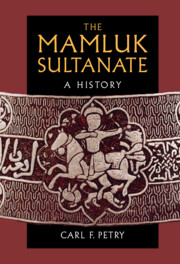Classical archaeological chronologies are steeped in relative dating, but the application of absolute methods does not always support such clear-cut seriation. Here, the authors consider the significance of a Macedonian vase in reconciling the conventional and absolute chronologies of Early Iron Age Greece. Decorated with compass-drawn concentric circles and found in a Late Bronze Age context at ancient Eleon, Boeotia, the authors argue that this vessel establishes a chronological anchor and supports a twelfth-century BC emergence of the Protogeometric style in central Macedonia. A model for the indigenous development and dispersal of the Macedonian Protogeometric style is presented for future elaboration.


